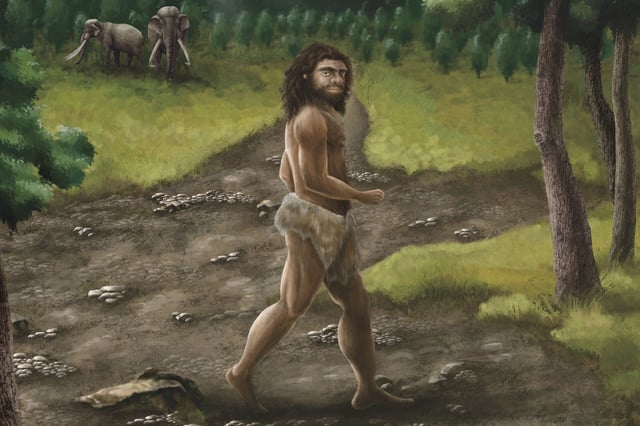Overview
- The Harbin cranium, initially described as Homo longi in 2021, has now been reclassified as Denisovan after matching its protein and mitochondrial DNA to known Denisovan lineages
- Researchers extracted 95 ancient proteins from the skull’s petrous bone, identifying three variants unique to Denisovans first found in Siberia, Tibet and Taiwan fossils
- Mitochondrial DNA recovered from dental calculus linked the Harbin individual to older Denisovan groups, confirming maternal descent across Central and East Asia
- Dated at roughly 146,000 years old, the skull exhibits a large braincase, robust brow ridges and flat midface, offering the first near-complete view of Denisovan cranial morphology
- Armed with this morphological blueprint, scientists expect to reassess other Middle Pleistocene fossils from sites like Dali, Jinniushan and Hualongdong for possible Denisovan affiliation



